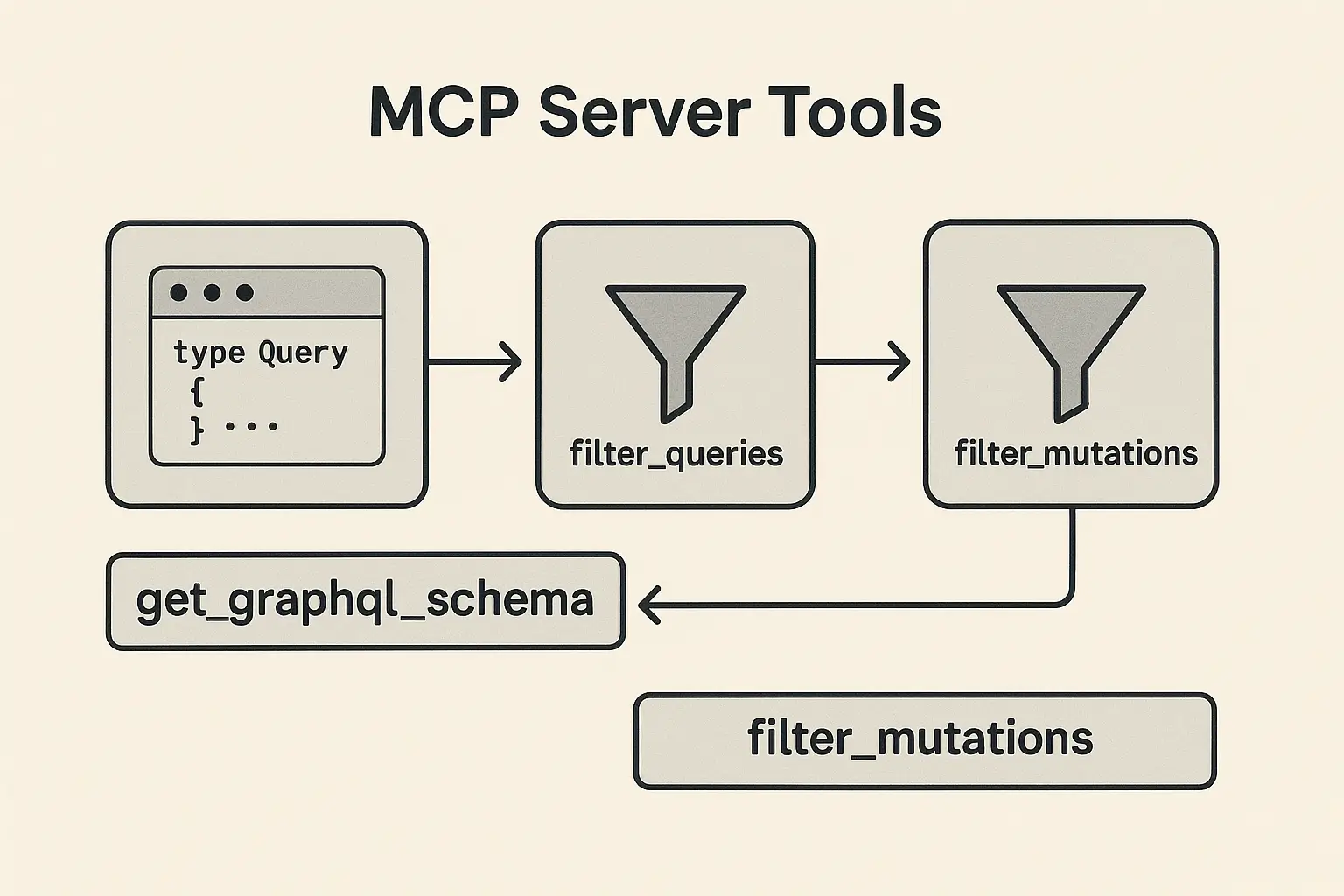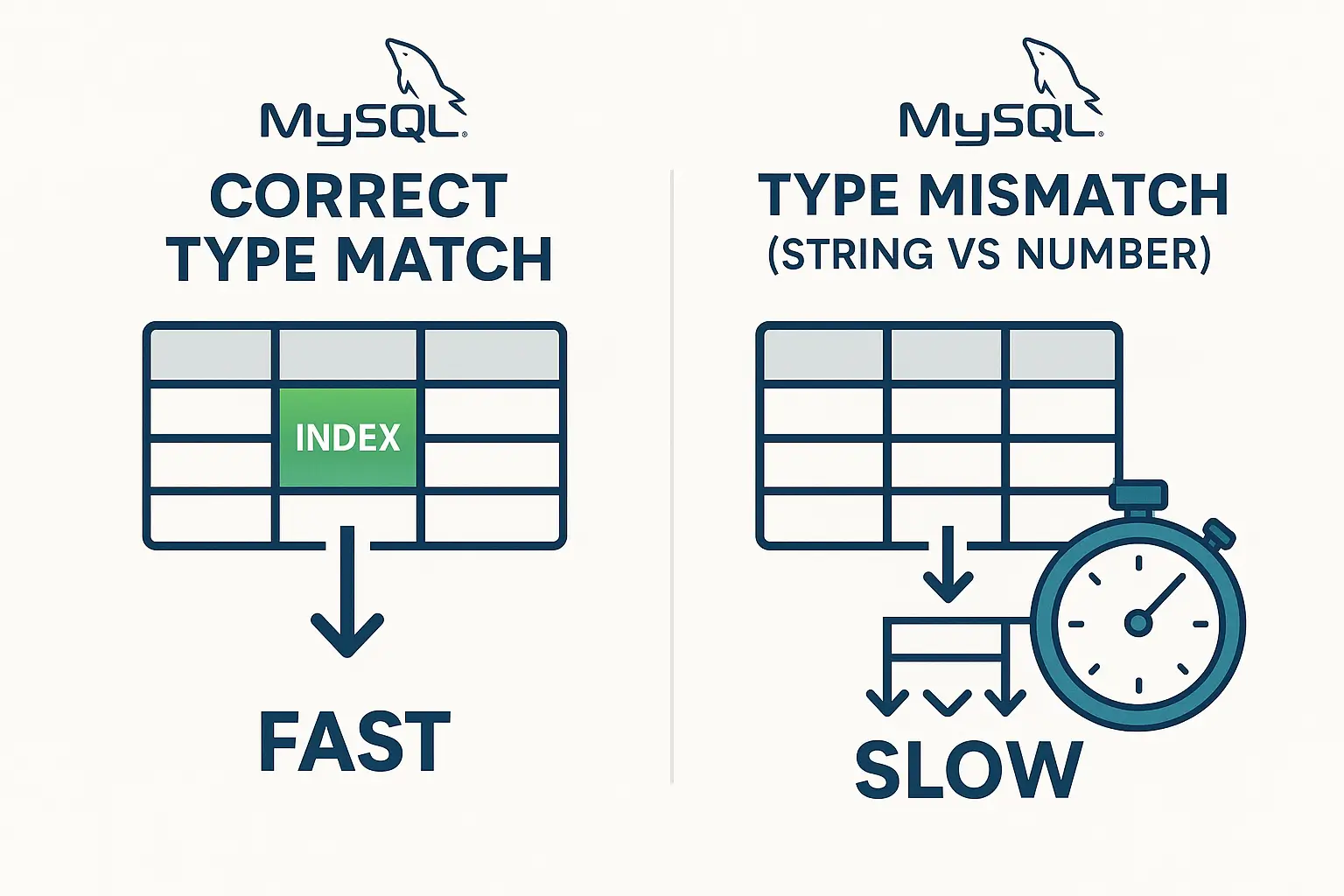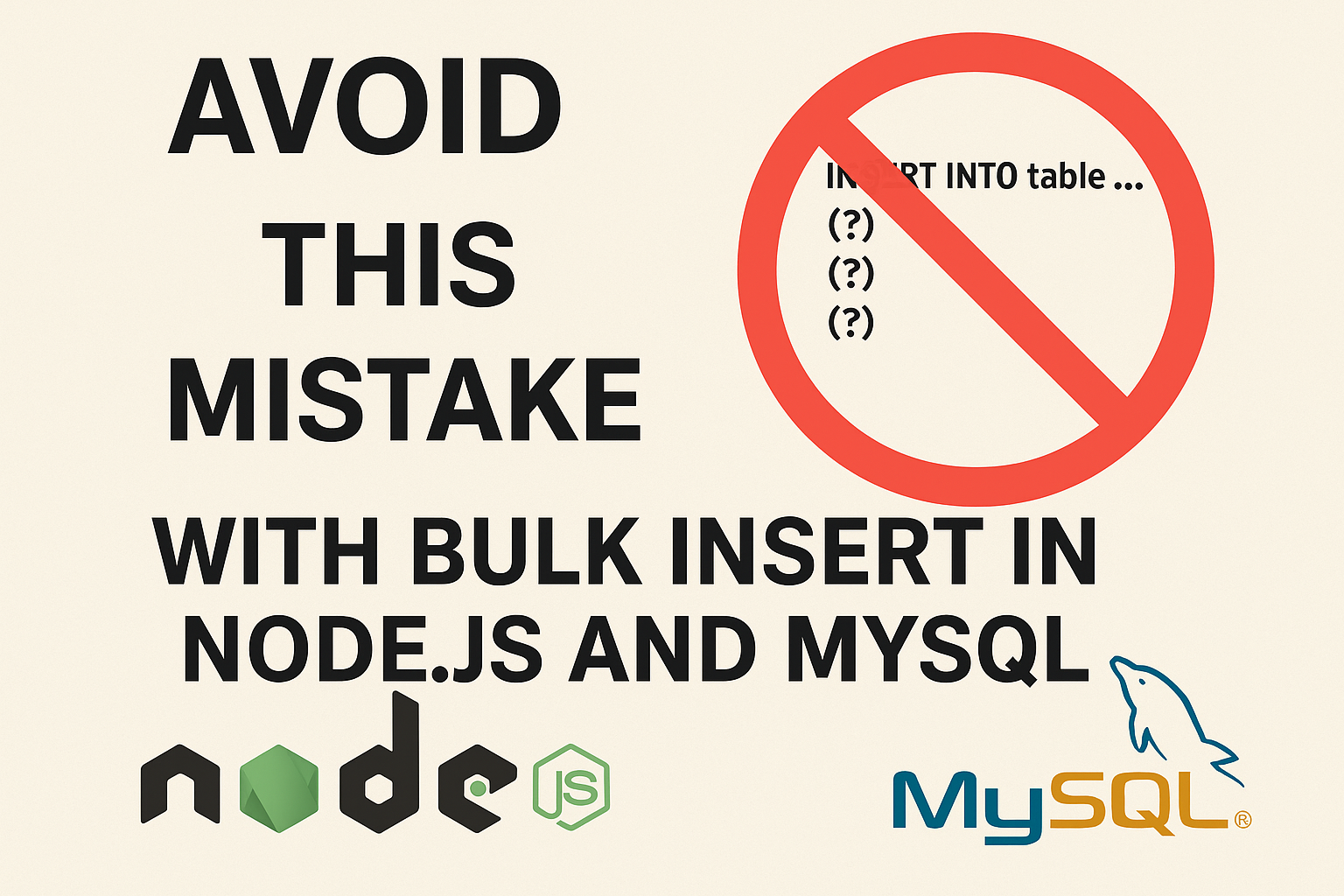Exploring Views in MySQL and PostgreSQL: A Guide to Performance, Use Cases, and Materialized Views
Views are a powerful feature in relational databases like MySQL and PostgreSQL, allowing you to simplify complex queries, enhance security, and improve readability. Views essentially act as virtual tables based on a query, making it easy to create streamlined ways to access and present data. However, each database handles views a bit differently, especially when it comes to performance optimization options like materialized views.
In this article, we’ll dive into:
- The basics of views in MySQL and PostgreSQL
- The unique feature of materialized views in PostgreSQL
- Which approach to choose for high-performance dashboards and reports
1. What Are Views?
A view is essentially a saved SQL query that acts as a virtual table. Views don’t store data; they store a query definition. Each time you access a view, the database runs the underlying SQL to present the results. This makes views useful for:
- Abstracting complex queries with joins, subqueries, or calculations
- Restricting access to sensitive data by exposing only certain columns
- Simplifying data presentation for reporting
Creating a Basic View
In both MySQL and PostgreSQL, creating a view is straightforward:
CREATE VIEW example_view AS
SELECT column1, column2
FROM your_table
WHERE some_condition;2. Views in MySQL vs. PostgreSQL
While views work similarly in MySQL and PostgreSQL, there are some key differences, especially when dealing with complex queries.
Views in MySQL
- Performance: Each time you query a view, MySQL executes the underlying SQL statement. For complex views with multiple joins or aggregations, this can be slower than reading directly from a table.
- Limitations: MySQL views can sometimes be non-updatable if the view contains complex elements, like aggregate functions or multi-table joins.
- No Materialized Views: MySQL does not support materialized views, so it always executes the SQL on every query. This can impact performance for frequently-accessed views with heavy data processing.
Views in PostgreSQL
- Performance: Like MySQL, a standard view in PostgreSQL re-runs the SQL each time you access it.
- Flexibility: PostgreSQL allows INSTEAD OF triggers on views, which enable custom behavior when performing insert, update, or delete actions on complex views.
- Materialized Views: PostgreSQL has an additional feature called materialized views, a powerful option for improving performance.
3. Understanding Materialized Views in PostgreSQL
A materialized view in PostgreSQL is like a view but with a twist: it stores the query result as an actual table. This means that instead of recalculating the result each time you access it, PostgreSQL simply reads the data from the stored table, offering substantial performance improvements.
How Materialized Views Work
When you create a materialized view, PostgreSQL executes the SQL and stores the resulting data in a physical table. This cached result is only as current as the last refresh, so you can think of it as a “snapshot” of the data at a particular point in time.
- Example of Creating a Materialized View:
CREATE MATERIALIZED VIEW sales_summary AS
SELECT product_id, SUM(sales) AS total_sales
FROM orders
GROUP BY product_id;- Refreshing a Materialized View:
To keep the materialized view updated with the latest data, you can refresh it manually or schedule it periodically.
REFRESH MATERIALIZED VIEW sales_summary;When to Use Materialized Views
Materialized views are ideal for use cases like dashboards and reporting where data can be slightly outdated but must be read quickly. Refreshing the view periodically (e.g., hourly or daily) allows you to balance performance with data freshness.
4. Performance Comparison: View vs. Materialized View vs. Aggregated Table
To understand the performance implications, let’s consider a scenario: generating a daily sales dashboard.
Option 1: Using a Regular View
A regular view would require the database to execute the entire SQL each time the dashboard loads, impacting performance for complex queries with large datasets. In MySQL, this is the only view option, meaning each dashboard refresh could lead to high processing time.
Option 2: Using a Materialized View (PostgreSQL only)
A materialized view stores the precomputed results, so the dashboard loads significantly faster by simply reading from the cached data. You can schedule a daily refresh to ensure the materialized view is updated before each day’s report.
Option 3: Using an Aggregated Table
Another option is to create a separate table to store precomputed, aggregated data for the dashboard. This table can be updated periodically with ETL jobs or database triggers. This method offers fast access (similar to materialized views) and gives you full control over refresh frequency and table structure. However, it requires additional maintenance and storage.
| Approach | Data Freshness | Read Performance | Maintenance Overhead |
|---|---|---|---|
| Regular View | Real-time | Moderate/Slow | None |
| Materialized View | Stale until refreshed | Fast (PostgreSQL only) | Moderate (refresh management) |
| Aggregated Table | Stale until refreshed | Very fast | High (requires update jobs) |
Which Approach to Choose?
- Use Regular Views when real-time data is essential, and the query isn’t too complex (works in both MySQL and PostgreSQL).
- Choose Materialized Views in PostgreSQL for complex, frequently-accessed data that doesn’t need real-time freshness. This is ideal for dashboards with daily refreshes.
- Consider Aggregated Tables for heavy dashboards or reports with custom refresh logic where performance and scalability are top priorities.
Final Thoughts
Views and materialized views are excellent tools for simplifying and optimizing data access, each serving unique purposes. By choosing the right approach, you can achieve a balance between performance and data freshness that best suits your needs. PostgreSQL’s materialized views provide a valuable advantage in caching query results, while an aggregated table may be the go-to choice when full control over data updates is essential.
Understanding these options empowers you to design databases that handle complex reporting and dashboarding efficiently, ensuring fast and reliable access to data.





